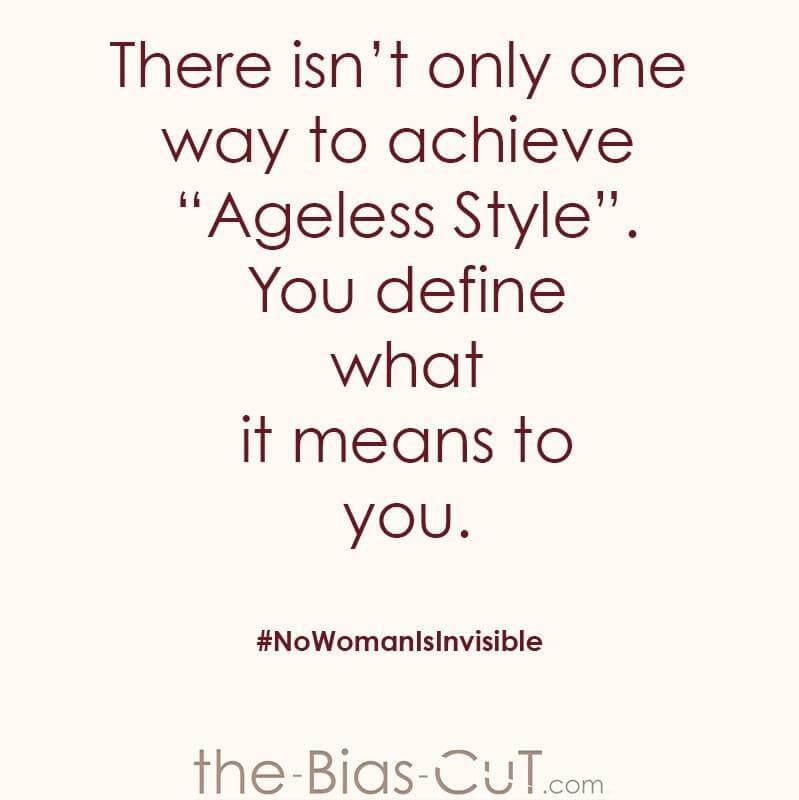If you aren’t yet a fan of the BBC’s Great British Sewing Bee, you should be. Aside from the obvious entertainment aspect, it’s a great way to learn more about fabrics and the construction of clothing. So that you can understand more about what sets quality garments aside from the rest.
Last week’s episode was their ‘International Week’, and for their 3rd and final task the contestants had to make dresses using traditional West African wax Hollandais fabric. This was particularly close to our hearts at The-Bias-Cut.com since we stock some fabulous pieces by Sika – who source traditional fabrics from Ghana to make their wonderful designs.
As it was noted on GBSB, West African fabrics have unique qualities and features, making them so arresting and unusual. And this is exactly what a number of you have commented on with our pieces by Sika. So what better excuse than to delve further into the world of these stunning fabrics so that you can find out some more as part of our 'Fabric Up-Close' series?!
History
Of course wax Hollandais fabric isn’t the only type of African fabric, but it’s become one of the most widely recognised for it’s vibrancy and use in structured, opulent garments. However, ironically, despite Africa’s rich and long home-grown textile history, Wax Hollandais isn’t actually African in its origin.
Wax Hollandais (or “Dutch Wax” and “Ankara” as it’s also commonly known) was created in 1854 by a Dutch textile company as a cheap, mass-production imitation of popular Indonesian Batik from Java. The traditional batik technique uses hot wax and resist-dye to design beautiful patterns on cloth, and involves careful hand craftsmanship to create. However, with the substitution of machines in the manufacturing process, the now iconic ‘crackled effect’ appeared in the fabric.

 Close Ups of our Coco print and Matrix prints featured on our Exclusive MJ dresses
Close Ups of our Coco print and Matrix prints featured on our Exclusive MJ dresses
These ‘crackled’ ‘imperfections’ resulted in the fabric being rejected by Indonesians, so the Dutch traders had to find a new market. So, when the Dutch ships stopped in West Africa on their way to and from Indonesia, the fabric was traded with locals for food and other necessities.
As a region already accustomed to importing globally produced fabrics, the introduction of the unusual Dutch batik saw the West African textile market soar. It quickly became part of local culture and a form of self-expression. The local female traders in the markets would create stories and names for the fabrics, whilst the manufacturers attentively listened to their market, adapting their designs to meet demand.
Consequently, it began to feature more tribal-like patterns and motifs. Important symbolism was incorporated into designs and, by 1920s, portraits of local community leaders and chiefs were even featured. With these Dutch wax fabrics so tightly entwined with its cultural identity, they had become fully integrated into West African society.
Today
Until 1960s, the majority of West African wax prints were produced in Europe. However post-colonialism resulted in its production being relocated to Ghana, where it remains today. Two of the largest manufacturers, known for their high quality and fine wax prints, are Woodin and ATL.
Unsurprisingly, China has noticed the popularity of this fabric and has begun to produce copies, putting pressure on the industry. Whilst the quality of these imitations is improving, there is no denying that the best quality designs still are home grown.
Ultimately Wax Hollandais has become a symbol of luxury fashion and status both in West Africa and beyond, and its popularity shows no sign of slowing down.
Key Qualities of this Fabric
Aside from its stunningly vibrant, unique designs, there’s no denying one of the best aspects of this fabric is its breathability. Being 100% cotton it will keep you cool even in the hottest of weather.
Additionally, its rigidity lends itself to hundreds of structured, flattering designs that will show the wearer’s physique to her best.
Sika
We are delighted to showcase this West African fabric in our introductory SS16 Collection through label Sika. As seen in Vogue, Marie Claire, Time Out, Glamour and more, Sika’s ethical approach to fashion means they carefully source every fabric in Ghana, and every garment is hand-made by local skilled tailors and seamstresses.
Our edited collection, including exclusive pieces, celebrates all that’s special about this amazing fabric, whilst the beautifully flattering silhouettes will make any wearer stand out, and are equally suitable for work and play.
Find out more about our Sika collection here.
Exclusive MJ Dress in Coco Print by Sika. £169 - Available in Sizes 10 - 16

Exclusive MJ Dress in Matrix Print by Sika. £169 - Available in sizes 10 - 16









 Close Ups of our
Close Ups of our 




